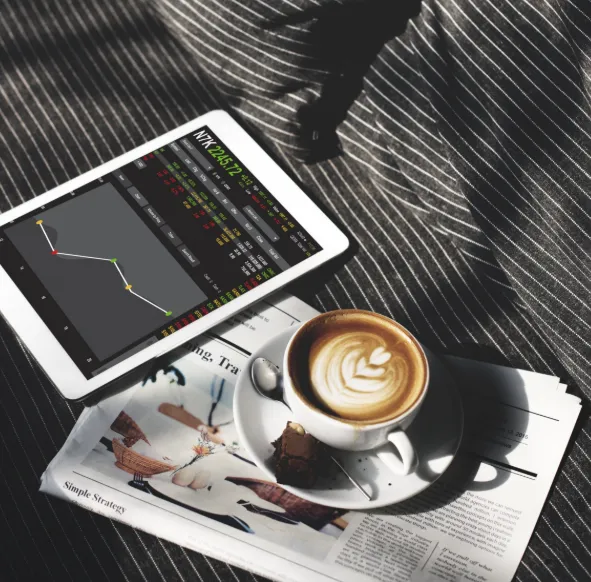Economic indicators are essential tools for traders navigating today’s financial markets. Whether you’re trading currencies, equities, or commodities, these data points offer critical insight into the underlying health of economies and help shape expectations about future price movements. Understanding how and why these indicators matter can significantly enhance trading decisions and reduce risk.
Gauging Economic Conditions
Macroeconomic indicators such as GDP, inflation, unemployment, and interest rates offer a clear snapshot of a country’s economic performance. While one data release might reveal a short-term trend, reviewing several months of figures allows traders to assess the broader direction of an economy.
For example, sustained GDP growth typically points to economic strength and can encourage capital inflows into a country’s assets. In contrast, falling GDP tends to signal economic contraction, leading to reduced investor interest. Unemployment figures offer additional context—higher jobless rates suggest weakening business activity, likely weighing on corporate earnings and market sentiment.
Interpreting these signals correctly gives traders an edge when evaluating potential opportunities across financial markets.
How Indicators Move Currency Markets
In foreign exchange markets, economic indicators are one of the most significant drivers of price action. Central banks such as the Federal Reserve and the European Central Bank use economic data—particularly inflation and employment figures—to guide monetary policy.
If inflation data is strong or job growth is robust, central banks may raise interest rates to keep the economy from overheating. Expectations of rate hikes often lead to a stronger currency as investors seek higher yields. Conversely, weak economic data may prompt rate cuts, resulting in currency depreciation.
Traders who understand the link between data releases and central bank behavior can anticipate moves in currency pairs and position themselves ahead of the curve.
Spotting Trends Before They Happen
Another strength of economic indicators is their forward-looking value. Leading indicators, such as the Purchasing Managers’ Index (PMI), can hint at upcoming changes in economic momentum before broader metrics like GDP respond.
A PMI reading above 50 suggests manufacturing expansion, which may point to future corporate growth and higher equity valuations. On the other hand, a drop below 50 can indicate a slowdown that could weigh on stocks and business confidence. Traders who track these indicators closely can adapt their strategies early, aligning their positions with potential shifts in the market before they materialize.
Reducing Exposure to Market Risk
Risk is inherent in every trade, but economic indicators can help manage that risk by offering clues about possible market headwinds or tailwinds. For instance, if inflation appears to be rising, companies may face increased input costs, squeezing profit margins and potentially pushing share prices lower.
By tracking inflation metrics such as the Consumer Price Index (CPI), traders can adjust accordingly—perhaps by rotating into sectors that historically outperform in inflationary environments or by incorporating inflation-linked instruments into their portfolios. Other reports, like housing data or retail sales, also offer valuable context, helping traders respond proactively to emerging trends rather than reactively.
Shaping Investor Sentiment
Beyond fundamentals, economic data often sways market mood. Positive surprises can spark bullish rallies, while disappointing numbers may trigger sell-offs—even if the broader economic picture remains stable.
Understanding how markets interpret and react to these releases helps traders manage emotional responses and avoid impulsive decisions. Anticipating how sentiment might shift around key data points allows for better timing and more strategic entries and exits.
Final Thoughts
Economic indicators serve as a compass for traders in an ever-changing financial landscape. From providing a snapshot of economic performance to helping forecast future price movements, these data points are indispensable for making informed decisions. Whether you’re trying to identify new opportunities, hedge against potential risks, or better understand market sentiment, learning how to interpret economic indicators is a vital skill that can significantly elevate your trading performance.













